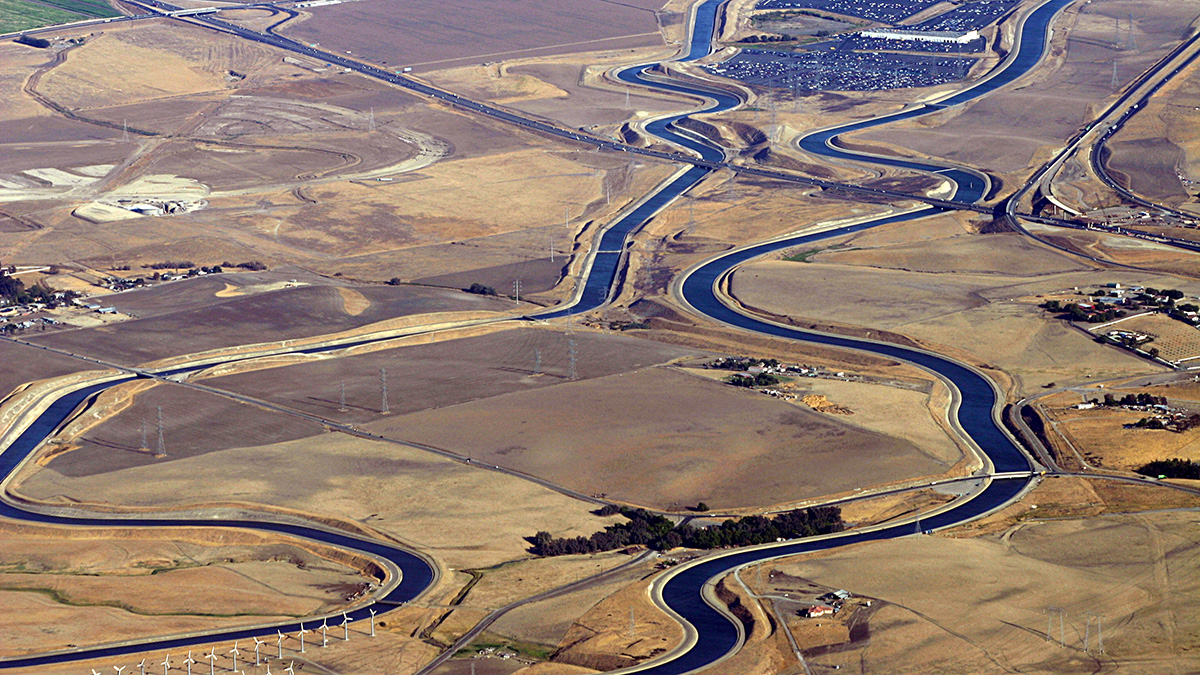Source: Earth’s Future
With water scarcity increasing around the globe, arid regions are striving to develop more flexible and diversified water supplies. For example, California’s 2020 Water Resilience Portfolio Initiative recommends improving and expanding the state’s conveyance and storage infrastructure as well as developing groundwater banking and other means of more flexibly sharing water. The success of such initiatives depends in large part upon the ability of water providers to collaboratively finance and build new infrastructure.
To date, most water supply and storage planning has relied on models that analyze average, project-level outcomes. But new research by Hamilton et al. in California’s southern Central Valley suggests these tools no longer suffice, especially when planning under future climate uncertainty.
The team used the water resources simulation model CALFEWS (California Food-Energy-Water System) to evaluate thousands of potential partnership structures for each of three capital projects—rehabilitation of the Friant-Kern Canal, development of a hypothetical groundwater bank, or both—under wet, average, and dry 50-year hydrologic scenarios. The results indicate that even without considering future climate change, most water infrastructure partnerships resulted in unequal costs, risks, and benefits across individual water providers.
Of the more than 27,000 scenarios the authors evaluated, only 8% were able to distribute new water to each partner for less than $200 per million liters ($247 per acre-foot), a cost that represents a significant increase above the rates of $32–$154 per million liters ($40–$190 per acre-foot) typically charged by water districts in the region today. Just 1% of the scenarios were viable under dry hydrologic conditions or when canal expansion was the only capital project considered.
These findings indicate that climate-related risk is often unevenly distributed between water providers. What’s more, the financial viability of water infrastructure projects is strongly shaped by the partnership design, including which providers participate and how the debt is distributed among them.
Given the increasing frequency and severity of droughts, new methods for designing viable water infrastructure projects are more important than ever. Insights from this research can help decisionmakers chart a new, more sustainable path for enhancing water resilience in California—and other arid regions around the globe, according to the authors. (Earth’s Future, https://doi.org/10.1029/2021EF002573, 2022)
—Terri Cook, Science Writer

